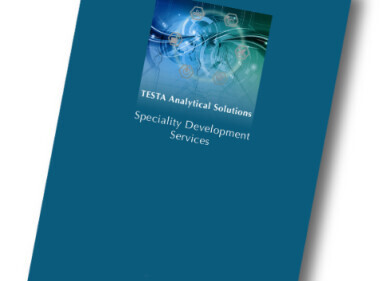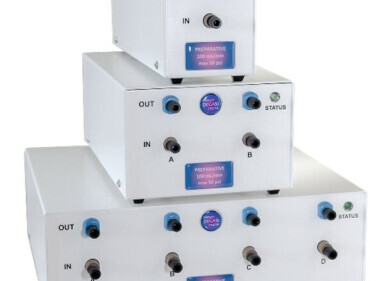Equipment
How is Chromatography Beefing Up to Stay on Top of Doping?
Apr 20 2021
Between 23 July and 8 August, what is described as the greatest sporting event will take place, the Games of the XXXII Olympiad. Delayed for a year due to the global pandemic that is Covid-19, the Olympic Games Tokyo 2020 will finally take place, with the Paralympic Games taking place a few weeks later 28 August to 5 September. Some 2000 athletes from 200 countries will compete in 47 events that will test speed, endurance, strength, and skill.
The games are traditionally a celebration of sporting endeavour. But occasionally the winners are not the best athlete in an event. Sometimes they win because they have access to the best drugs and doctors, not because of their sporting prowess or skill. But at the American Chemical Society Spring 2021 meeting, a team led by Christopher Chouinard from the Florida Institute of Technology will announce a new approach to testing for doping using ion mobility-mass spectrometry.
Citius - Altius - Fortius - Cheatius
Every year, the World Anti-Doping Agency (WADA) sends out a list of substances that an athlete is prohibited from taking. The substances are split into those always banned, banned in competition and those banned only in specific sports. Substances covered include steroids, stimulants and even gene doping. WADA also runs a monitoring program for substances that are not on the prohibited list, but WADA wants to monitor to look for patterns of misuse in sport.
Laboratories currently analyse samples using either gas chromatography or liquid chromatography with mass spectrometry. Chromatography separates the compounds in the sample which can then be analysed using mass spectrometry. It is a powerful technique that is used many different fields. But it can be difficult to tell the difference between molecules with small structural differences, for example different isomers and the difference between endogenous and exogenous steroids.
Challenging the dopers
Chouinard has developed a different approach. Ion mobility spectrometry-mass spectrometry is a technique he learned as a graduate student. By reacting a steroid sample with acetone or ozone before analysis with IMS-MS it can accentuate the differences between isomers. The power of IMS-MS is discussed in the article, Delivering the Power of Ion Mobility Spectrometry - Mass Spectrometry to the Point of Analysis.
This technique was well known to researchers who study lipids, but new to doping analysis. The team has demonstrated that the method is effective in doped samples containing prohibited steroids and glucocorticoids which help improve performance by suppressing inflammation from injuries. The team are hoping to demonstrate that the method is effective against newly created illicit compounds that are used to dope and improve performance.
Will they be quick off the mark and clean up at the Olympics?
Digital Edition
Chromatography Today - Buyers' Guide 2022
October 2023
In This Edition Modern & Practical Applications - Accelerating ADC Development with Mass Spectrometry - Implementing High-Resolution Ion Mobility into Peptide Mapping Workflows Chromatogr...
View all digital editions
Events
Apr 28 2024 Montreal, Quebec, Canada
May 05 2024 Seville, Spain
May 15 2024 Birmingham, UK
May 19 2024 Brno, Czech Republic
May 21 2024 Lagos, Nigeria













